Ultimaker partners with Philips to bring Medical 3d models to reality
The international society of medical professionals in the field of Magnetic Resonance held their 23rd annual meeting in the prestigious Metro Toronto Convention Centre in the beginning of June. Once a year, medical professionals from all over the world gather to share ideas, present workshops and educate one another to further this particular field of research with ISMRM. More than 7000 experts in the field attend this week long conference to fuse technology and experience into meaningful progress.

In a collaborative effort by both companies, Philips and Ultimaker wanted to give attendees something to think about within the theme of innovation. Everyone should already be familiar with the high resolution scans and the extensive software suite that Philips provides clinicians but what possibilities were undiscovered when you can bring such detailed information in physical form?



For clinicians who look at MRI images daily, it is normal for them to interpret a 2D MRI scan and quickly translate that in their minds to where it should be within the human anatomy. However, to illustrate it to people who are less familiar, such as students, patients or industry outsiders, it is a lot more difficult for those who are not so well versed with anatomy to visualize the MRI in the same manner. So many attendees were quick to notice how 3D printing can be a very useful teaching aid in the ongoing education within the industry.
Many researchers who are already familiar with 3D printing have commented how compact, easy to use, high quality and cost effective the Ultimaker 2 Extended is compared with some of the way more expensive industrial 3D printers. While they serve different needs, many researchers believe that an Ultimaker could easily serve as the primary prototyping tool because of the speed and low maintenance needs required to produce revised 3D print after 3D print. When they are happy with the design, they can outsource the final part which usually takes a lot more time and cost to produce. A workflow that certainly makes sense in efficiency and cost in design.
With such a convincing display at the booth sparking some truly inspiring ideas, Ultimaker and Philips formed a wonderful partnership in conveying a consistent message at ISMRM. The spirit of innovation is here. It will be interesting to see how prominent 3D printing will be at ISMRM in 2016 held in Singapore.
About ISMRM
The International Society for Magnetic Resonance in Medicine is a non‐profit professional association dedicated to promoting communication, research, development and application of magnetic resonance techniques in medicine and biology. The Society presents annual meetings and sponsors other major educational and scientific workshops. We are accredited by the Accreditation Council for Continuing Medical Education to provide continuing medical education for physicians.
About Philips Healthcare at ISMRM
At Philips, we have a long history of converting research into meaningful innovation, improving the lives of clinicians and patients. We look beyond technology to the experiences of the people at the heart of care – patients, clinicians and care givers – to unlock insights across the patient journey. We are dedicated to helping you address your challenges by partnering to create meaningful innovations.
Disclaimers: The content of the webinars, podcasts, videos, etc contained on, linked by or referred to on this page may have been created and/or owned by the relevant brand owners or other third parties. As such, Imaginables cannot warrant or make any representation as to the content's suitability or reliability.

